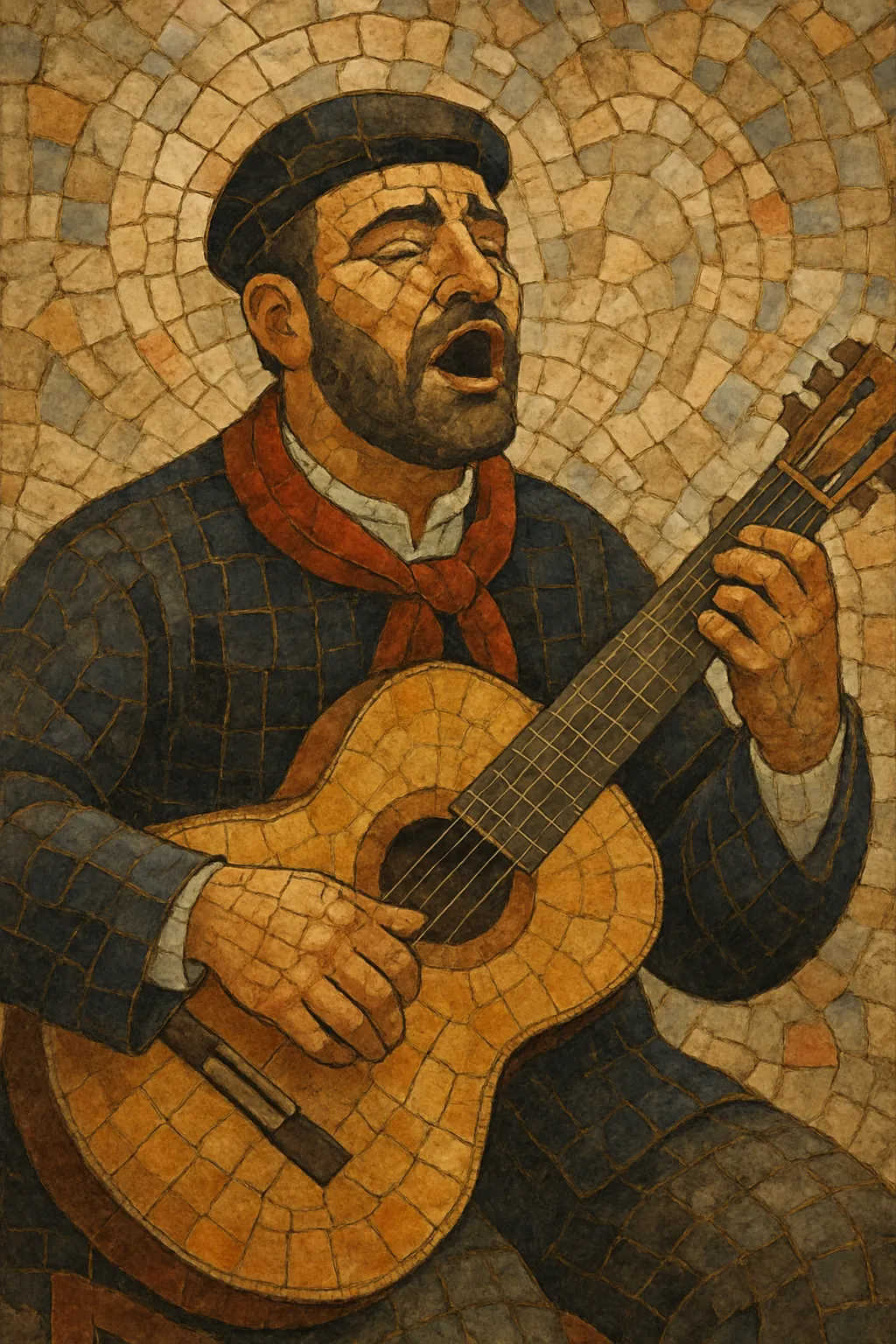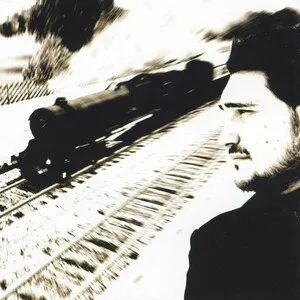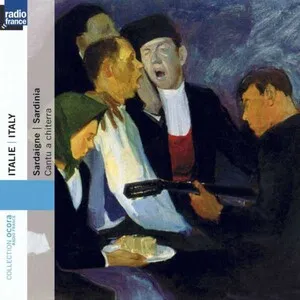Cantu a chiterra (Sardinian for "singing with guitar") is a solo vocal tradition from Sardinia in which a highly ornamented voice is supported by a single acoustic guitar. It is especially associated with the island’s central and northern areas (Logudoro, Gallura, Montiferru, Planargia) and with public singing contests.
The style blends Mediterranean lyricism with Iberian-influenced guitar idioms. Singers deliver melismatic, rubato introductions that lead into metrically steady stanzas set to recurring harmonic cycles. The poetry draws on Sardinian dialects (notably Logudorese and Gallurese) and traditional forms such as battorinas (quatrains), ottave (ottava rima), and mutetus (improvised or semi-improvised quatrains).
Sardinia’s centuries of contact with Iberian culture left a clear mark on local string-playing and serenade practices. By the 1800s, a distinct Sardinian practice of solo singing with guitar accompaniment had coalesced into what is now called cantu a chiterra. Its hallmarks—free, melismatic openings followed by strophic, guitar-grounded verses—reflect both Mediterranean vocalism and Spanish-influenced guitar idioms.
In town squares and village feasts, singers (cantadores) and guitarists developed a competitive culture known as gare a chiterra. Audiences and poets proposed themes; performers responded with set poetic forms (battorinas, ottave, mutetus), cementing a repertoire and a performance protocol. Early recordings and radio broadcasts in the early-to-mid 20th century helped standardize favored modes, cadences, and stanza structures.
A wider folk revival brought fresh attention to Sardinian traditions. Archivists and ethnomusicologists documented local variants, while stage musicians adapted the idiom to concert settings. Some artists paired the classic vocal style with expanded harmonic colors and carefully arranged guitar parts, paving the way for collaborations beyond the folk circuit.
Today, cantu a chiterra thrives both in traditional contests and on modern stages. Younger singers learn from archival recordings, master cantorial embellishments, and collaborate with jazz, world, and folk-rock musicians. The core elements—ornamented Sardinian-language vocals and a responsive guitar—remain intact, even as the genre participates in broader Mediterranean and world-fusion dialogues.





